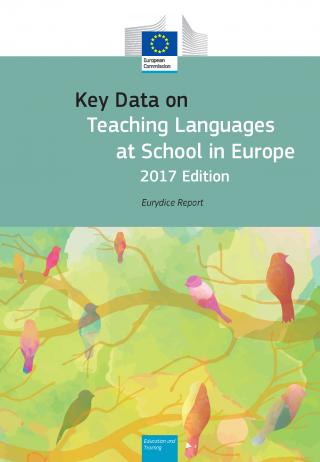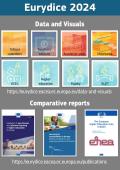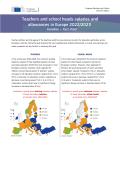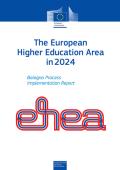Key Data on Teaching Languages at School in Europe – 2017 Edition
Full version CNR DE EN ES FR HR IT LV MK PL RO SK SR
Highlights BO CS DE EL EN ES FI FR HR IT LV MK MT NL PL PT RO SL SLA SR SV TR
European Commission Press Release
Eurydice Brief CSDE EL EN ES FR HR IT LV MT PL PT RO SK SLASR TR
There are over 60 official languages in Europe. It is a continent of considerable linguistic diversity, and that breadth is only increasing with recent migration flows. The 2017 Edition of Key Data on Teaching Languages at School in Europe depicts the main education policies regarding teaching and learning of languages in 42 European education systems.
Some of the questions answered in the report:
- How long do students spend studying foreign languages?
- What are the ten most commonly offered foreign languages?
- Do foreign language teachers travel abroad for training?
- How many immigrant students speak the language of schooling at home?
- Plus much more
Although the main focus of the report is on foreign languages, some information about the regional/minority and classical languages in the curriculum is provided. The report also discusses the language support measures available for newly arrived migrant students.
A variety of sources are used in this report, including the Eurydice Network, Eurostat, and the OECD’s PISA and TALIS international surveys. Eurydice data cover all countries of the European Union as well as Bosnia and Herzegovina, Switzerland, Iceland, Liechtenstein, Montenegro, the former Yugoslav Republic of Macedonia, Norway, Serbia and Türkiye.





